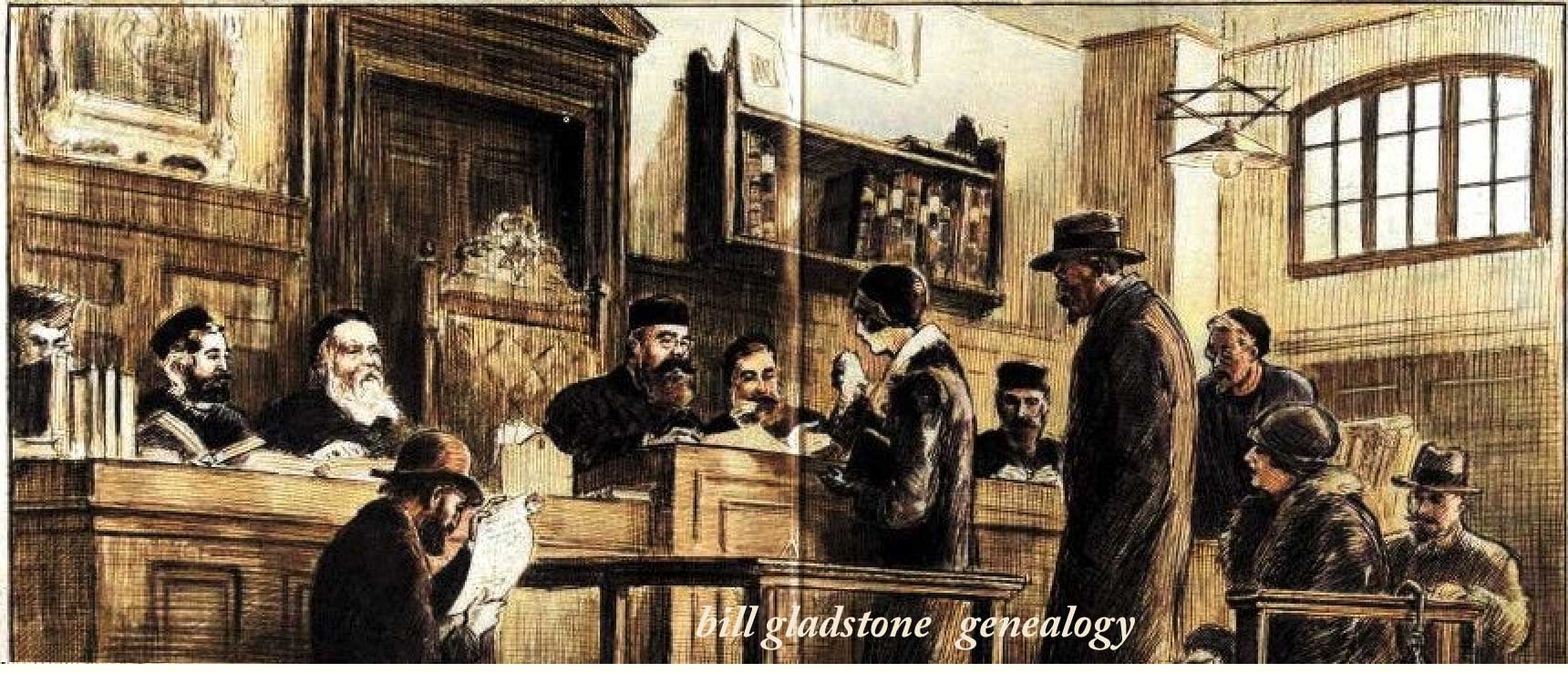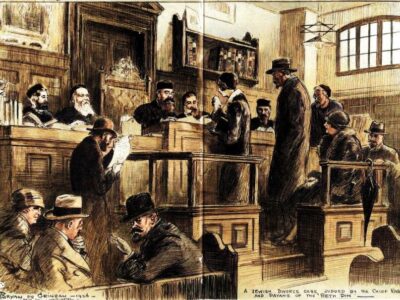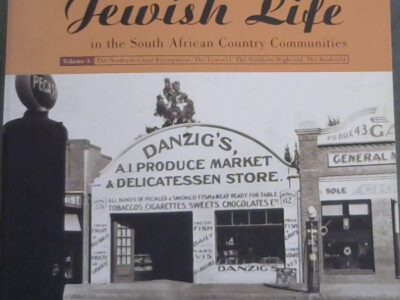 The esteemed Jewish Publication Society of Philadelphia has just published American Jewish Fiction, a new literary guidebook that is a delight to browse, genuinely thought-provoking to read, and also happens to bring immense credit to one of our own.
The esteemed Jewish Publication Society of Philadelphia has just published American Jewish Fiction, a new literary guidebook that is a delight to browse, genuinely thought-provoking to read, and also happens to bring immense credit to one of our own.
The author is Josh Lambert, who was born and raised in Toronto, where he graduated from CHAT and completed his studies at Harvard and the University of Michigan, achieving a PhD in English literature. A reviewer of Jewish fiction for the Forward, the Globe and Mail and other publications, he’s preparing to begin work next month as a Dorot assistant professor in the department of Hebrew and Judaic Studies at New York University.
For me, the joy of browsing American Jewish Fiction began the moment I turned to the Contents page — or rather, pages. Nine pages are devoted to listing the 125 books that Lambert has chosen to include. The chronological list begins with Differences, an obscure 1867 novel by Nathan Meyer, and concludes with Petropolis, an equally obscure (for me) novel by Anya Ulinich, published in 2007.
Between these two book-ends, so to speak, lies 140 years of Jewish literature produced in the USA. Naturally, the book includes all the expected literary greats — Abraham Cahan, Sholem Aleichem, Anzia Yezierska, Henry Roth, Sholem Asch, Saul Bellow, Bernard Malamud, Isaac Bashevis Singer, Philip Roth, Cynthia Ozick, Nathan Englander, Jonathan Safran Foer. The delight is that there is also a generous measure of popular “low-brow” authors as well as little-known authors and works that the Guide, with its widely-set parameters, brings to our attention.
Who knew that Vera Caspary, creator of the bestselling noir detective story Laura, also penned the 1932 tale Thicker Than Water, about “a proud Jewess of noble Portuguese descent” in Chicago? Or that the luminescent literary critic Leslie Fiedler wrote a 1966 novel, The Last Jew in America? Here, also, are intelligent discussions of diverse popular works such as Jerome Weidman’s I Can Get It For You Wholesale (1937), Irving Shulman’s The Amboy Dukes (1947), Harold Robbins’ A Stone for Danny Fisher (1952), Herman Wouk’s Marjorie Morningstar (1955) and Meyer Levin’s Compulsion (1956).
Just like that old advertising campaign that asserts you don’t have to be Jewish to enjoy a good bagel, the book also includes Bech, A Book (1970). Its author, John Updike, along with Truman Capote and other non-Jewish American writers of the late 1960s, discerned that they suffered a disadvantage because the literary marketplace seemed to favour works of Jewish provenance. Updike’s solution, Lambert writes, was to create “a durable alter ego . . . a curmudgeonly American Jewish writer named Henry Bech.”
As A Driven Leaf, Milton Steinberg’s 1939 novel of ancient Israel, is included simply because it is such an extraordinary novel and perhaps the best in its class, Lambert explains, adding that other works set outside of America were excluded for lack of space.
Regrettably, works by Mordecai Richler, David Bezmozgis and other Canadian scribes are by definition excluded from primary treatment, although they may show up en passant in discussions of other writers.
For each entry, Lambert provides a capsule description, thematic analysis, a few sparkling insights, and perhaps the occasional explanation regarding the selection. Franz Kafka’s America, for example, was penned in 1927 by an author who never set foot in America. Further, Kafka’s depiction of the great land was riddled with errors, beginning in the first paragraph when he asserts that it is a sword — not the torch of liberty — that the Statue of Liberty holds aloft in New York harbour.
Like a Rorschach drawing, the American setting gave Kafka the opportunity “to spin out his characteristic fantasies and nightmares: endless hallways, Sisyphean labors, grotesque characters, grim jokes,” Lambert observes. “Kafka’s America, like ours — and perhaps a little like the travelogues upon which he based his work — is a place of both opportunity and danger, surreal possibility and vague threat.”
The recently late Budd Schulberg is remembered for his 1941 best-selling novel What Makes Sammy Run?, about a poor Jewish teen from New York who claws and hustles his way to the top of the Hollywood film industry. An even more repugnant portrait of a Jewish protagonist is presented in Haunch, Paunch and Jowl, a lesser-known 1923 novel by Samuel Ornitz. Lambert addresses the difficulty head on:
“One of the literary debates that never seems to get resolved is whether a book that depicts a Jewish character as scheming, criminal, or downright evil is automatically anti-semitic. We don’t hold literature about non-Jews to that same standard, of course; Shakespeare’s Macbeth tells the tale of a couple of repulsive social climbers, but rarely is it thought of, nowadays at least, as propaganda against the Scots.” While Ornitz’s book has often been castigated as anti-Semitic, he continues, the book “is more complex than such a knee-jerk reaction suggests.”
In all of his selections, Lambert attempts to revise the popular but (he convincingly argues) faulty critical notion that American Jewish fiction had a “breakthrough” moment in the 1950s when it exploded into the mainstream. “In 1918, when a rabbi in Cincinnati published a bibliography of English-language fiction about Jewish life in the United States, some 70 novel and short story collections already fit the bill,” he writes. “Then, instead of slowing down, Jewish literary production boomed in the 1920s, as Jews took on pivotal roles in the world of New York publishing.”
Major themes discussed include the classic plotlines of immigration as well as assimilation and intermarriage. Lambert explores the notion, prevalent in a large number of works, that America is like a “shiksa,” the Gentile woman whom one loves but cannot marry, except at the risk of losing one’s Jewish soul.
Other entries deal with Delmore Schwartz, E. L. Doctorow, Dara Horn, the graphic novelist Ben Katchor, Tova Mirvis, Michael Chabon, Nora Ephron, Leon Uris, Myla Goldberg, Allegra Goodman, Erica Jong, Arthur Miller — and still many more again. At 206 pages this guide, like its subject matter, is large and contains multitudes. It is sure to please lovers of Jewish fiction everywhere. ♦
© 2009






